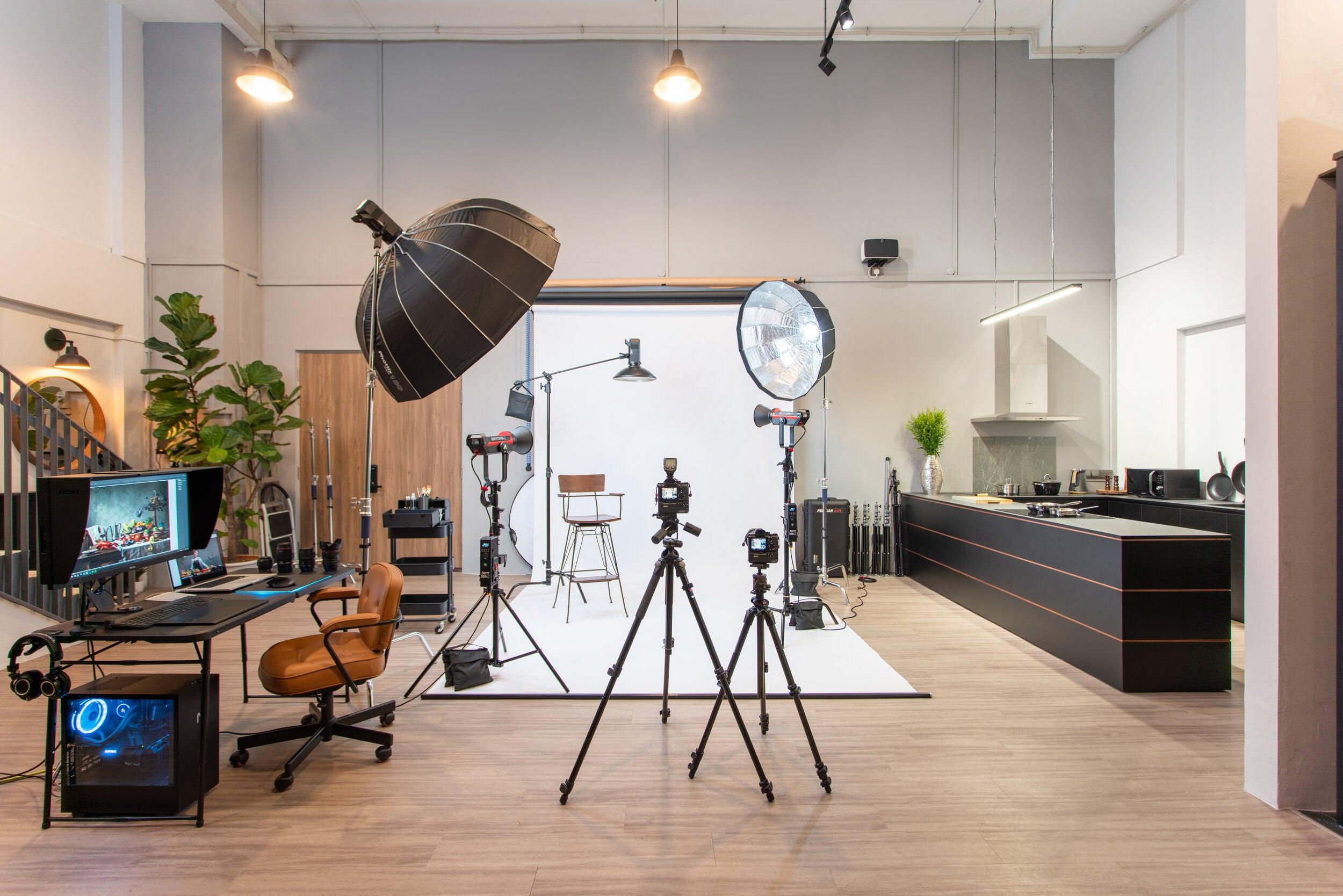
A brief history of lighting technology- mankind’s path to illumination
Lighting plays an indispensable role in our daily lives. At this point, we use lighting without even realising or crediting this wondrous creation, but what made illumination so important? And how did illumination become what it is today?

It all started when humans started controlling fire.

Early humans' possession of fire was a watershed moment in human civilization's technological growth. Fire served as a source of warmth and light, as well as protection from predators (especially at night), a means of making more complex hunting gear, and a way to cook food. These cultural advancements paved the way for human geographic dispersal, cultural developments, and dietary and behavioural modifications. Creating fire also permitted humans to continue working into the dark and colder hours of the evening.
Oil lamps become common in use

A kerosene lamp is a receptacle that holds petroleum and has a wick that burns to generate light. From the 1860s, when kerosene became readily available, until the invention of electric lighting, such lamps were commonly used. They were safer, more efficient, and easier to use than other oil lamps. The kerosene was delivered to the wick solely through capillary action. The lamp's brightness was adjusted by raising or lowering the wick to change the size of the flame, which was the only mechanism required. A glass chimney, which was employed on kerosene lamps more widely and efficiently than on any preceding lights, improved the flame's stability, brightness, and cleanliness.
Although no one can be credited with inventing the kerosene lamp, hundreds of people applied for patents to improve it. The duplex burner, which uses two flat wicks placed close together to increase the heat and brilliance of their flames, was first created in 1865. Argand burners with cylindrical wicks were popular in Europe.
Wax candles are invented

Around 500 BC, the Romans began making true dipped candles out of tallow. Ancient European candles were manufactured from a variety of natural fats, tallow, and waxes. Because beeswax was too expensive in Ancient Rome, candles were manufactured using tallow. They may have existed in Ancient Greece as well, although the lack of clear nomenclature makes it difficult to say. Around 200 BC, Han China produced the first surviving candles. Whale fat was used to make these early Chinese candles.
Tallow candles were the most popular during the Middle Ages. Candlemaking had become a guild craft in England and France by the 13th century.
Candle manufacturers (chandlers) went from home to house, either creating candles from kitchen fats kept for that purpose or selling their candles from small candle shops. Beeswax burnt cleanly, without a smoky flame, when compared to animal-based tallow. Beeswax candles were expensive, and only a few people in mediaeval Europe could afford to light them in their houses. They were, nonetheless, commonly utilised in church services.
The light bulb is patented by Edison

The electric light, one of the most important everyday comforts in our lives, was not "developed" in the traditional sense by Thomas Alva Edison in 1879, however, he might be credited with developing the first commercially viable incandescent light. He wasn't the first or last individual to try to create an incandescent light bulb. According to some historians, there were around 20 inventors of incandescent lamps before Edison. Edison is often credited with the invention because his version outperformed earlier versions due to a combination of three factors: an effective incandescent material, a higher vacuum than others could achieve, and a high resistance that made power distribution from a centralised source economically viable.
First LED is created

The creation of LED lights is based on the notion of electroluminescence. Henry Joseph Round first noticed this behaviour in Silicon Carbide in 1907. The yellow light that was emitted, however, was far too feeble to be useful. There was no additional investigation into this phenomenon at the time. Bernhard Gudden and Robert Wichard Pohl replicated the event with Zinc Sulphide and Copper in 1920.
In the early 1980s, continuous and extensive research and development into LED technology resulted in the production of the first generation of super-bright red, yellow, and green LEDs. In the early 1990s, scientists worked with the semiconductor material Indium Gallium Aluminium Phosphide to create ultra-bright orange-red, orange, green, and yellow LEDs.
Shuji Nakamura created ultra-bright blue LEDs using Gallium Nitride in 1994, then high-intensity blue and green LEDs using Indium Gallium Nitride shortly after. These ultra-bright blue LEDs laid the groundwork for the creation of cost-effective and highly functional white LED lights, which are currently widely used in commercial and manufacturing environments, as seen in the illustration below. The diode may be converted to create dazzling white light by coating the blue light-emitting chip with fluorescent phosphors, according to scientists.
The white LEDs provided excellent results, and the US Department of Energy pushed the development of white LED technology, bearing in mind the interests of company owners seeking cost-effective lighting solutions for their commercial areas. As a result, LED lights are now six to seven times more energy-efficient than typical incandescent bulbs. LED lights utilise a whopping 80% less energy and last 25 times longer than incandescent lights. They can also be implemented on a huge scale at a low cost.
Meanwhile, LED technology research continues. LEDs that emit pure violet and even ultraviolet "black" light are already available. Because of the greater energy efficiency of LED lights, business owners have begun to implement them on a broad scale in their offices, industrial activities, and commercial buildings to save money.

Today, our world is lit up by a combination of all of these light sources. Whether we are sitting by the bonfire or using LED in our smart homes, lighting has come a long way in its evolution to become one of man’s greatest inventions. Lighting is our source of seeing joy, feeling warmth, and staying protected.
 Talk On Call
Talk On Call Chat On WhatsApp
Chat On WhatsApp


